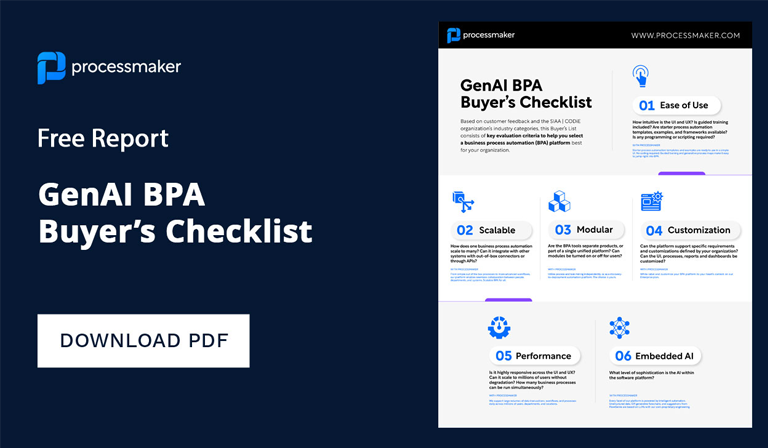Financial institutions face more collection management challenges than ever. A confluence of factors in recent years and months have left many financial institutions scrambling to scale up their collections operations. In the wake of the Great Recession, banks were forced to rapidly expand their collections departments. Years passed and the global economy gradually improved, peaking in the latter part of the last decade. Low loss rates caused lenders to scale back their collection operations.
Economic optimism led to increased consumer spending and revolving balances that caused a corresponding spike in delinquencies. And then COVID-19 came along and brought with it a tsunami of mortgage, auto loan, and credit card delinquencies. Consider that:
- The number of credit card accounts entering “financial hardship” status rose to 3.2% or 14.7 million accounts in April of 2020
- 3.5% or 3 million auto loan accounts were unable to cover monthly payments in April of 2020
- The mortgage delinquency rate increased some 4% to 8.22% during the second quarter of 2020. This was led largely by FHA loans with 15.6%, which is the highest delinquency rate since the Mortgage Bankers Association began recording data in 1979.
Most banks were not prepared for the surge of delinquencies from a collection management perspective. With smaller teams, uprooted operations, and rapidly evolving government regulations, banks have struggled to keep up. In fact, COVID-19 has in many ways shined a spotlight on outdated and rigid collection management operations, while illustrating the dire need for more flexible and efficient processes.
In the coming months and years, financial institutions will increasingly implement automation solutions to streamline their collection management operations. In this article, we explore the role of automation in the collection management process in financial institutions. We will conclude by discussing the applicability of automation technologies in several specific collection management processes including non-performing asset recovery and repossession.
The role of automation in the collection management process
For the most part financial institutions face the same macroeconomic challenges and risks. There is, however, a significant amount of diversity in banks’ collection operations. For example, some organizations charge off delinquent accounts without attempting to contact the account holder directly. Others attempt to collect debts through a single channel like the phone or by mail. These limitations are largely the result of banks failing to leverage automation to build out consumer profiles and engage borrowers across many different channels.
To modernize and improve the collection management process, financial institutions should prioritize automation in the following areas:
- Omni-channel communication
- Skiptracing
- Segmentation
- Early detection and mitigation of delinquency
- Workflows and employee training
- Data collection and analysis
Omni-channel communication
Collection management strategies that utilize a single consumer channel are prone to failure. This is especially true for operations that continue to focus on the outbound call center model. More than ½ of all U.S. households no longer have a landline. Younger generations, those most likely to be delinquent, may not field a single call on their smartphones. This is largely attributable to call avoidance due to the increased prevalence of telemarketers and users simply preferring SMS and messaging apps to talking on the phone.
It is becoming increasingly important for banks to consider the consumer journey and the preferred methods of communication for each borrower. In addition to phone communications, banks must also utilize channels like mail, email, apps, chat features, and SMS, among others.
For instance, consider the typical journey of a customer with a delinquent credit card account. Taking an omni-channel collection management approach, a bank could display a polite reminder that a payment is past due once the customer logs into his or her online account. They could also remind the customer by email that payment is due. The next time he or she logs on a chatbot could initiate a conversation to discuss the account. A website banner could display a repayment or settlement offer. Text, mail, and phone calls could follow. And all these efforts can be managed seamlessly through collection management automation.
Skiptracing
Skiptracing helps banks to build updated data files for debtors that have skipped town or otherwise disappeared. The process generally involves submitting consumer identifiers to credit bureaus or accessing other databases to acquire updated contact information. Most of the accounts that banks eventually charge off are those where there is no contact with the customer. Through automation, collections teams can build out updated customer profiles and contact them through multiple channels to significantly increase collection rates.
Segmentation
Segmentation is an important part of the collection management process used to determine the most suitable methods for contacting customers and how to treat specific debts. Many financial institutions continue to rely on outdated segmentation processes like manually grouping accounts by stages of delinquency. New methods like behavioral segmentation and value-at-risk (VAR) segmentation leverage automation technology to identify the best way to contact and treat each customer.
VAR uses automation to ensure that customers are contacted using the appropriate channels. For instance, those customers that are historically averse to telephone contact can be contacted through other means like email or text. This not only ensures better engagement but reduces the amount of time that employees must spend on time consuming tasks like calling customers.
Early detection and mitigation of delinquency
Financial institutions must identify customers that are likely to become delinquent and contact them early in the process to offer repayment terms and options that they can afford. Automation allows banks to implement behavioral models to segment these customers, as well as correspond on the most effective channels.
Workflows and employee training
Collection management operations in the finance industry achieve operational efficiency through business process management. There are many moving parts within a collections department. Employees must go through onboarding and training. Employees must be continually coached and encouraged to cope with what can be tiring and thankless work. Customers must be contacted. Payments must be collected. Legal regulations must be followed or banks can face stiff federal and state fines.
Optimizing collections management workflows ensures operational efficiency, keeps costs low, and reduces the potential for legal liability. Moreover, business process management software helps banks to create, test, and implement automation solutions. It is important for finance companies to gradually introduce automation into their existing workflows to avoid bottlenecks that can result from replacing established processes.
Data collection and analysis
Data will continue to play an increasingly important role in collections management within the finance industry. Banks will benefit from collecting customer data, from things like learning the best channels to contact customers on to verifying assets. Banks will also rely on data like key performance indicators to assess and improve their collections departments.
Non-performing asset recovery
Automation plays a large role in streamlining the non-performing asset recovery process. Banks must identify non-performing assets early in the process. They must analyze repayment ability, reach out to customers to discuss repayment options, and track assets, among other tasks.
The ability to mitigate losses is dependent on finance companies locating and repossessing assets as quickly as possible. Inevitably, non-performing assets make their way into the legal system. Foreclosure and bankruptcy proceedings require banks to adhere to stiff legal regulations. This often involves retaining and corresponding with outside counsel to expedite relief. Automation plays a crucial role in case management and ensuring compliance.
The impact of non-performing assets must also be analyzed and acted on at the organizational level. Automation can help banks to identify common characteristics of bad loans, allowing them to implement changes in credit policies.
Repossession
Even in the best of times customers default on their loans. Banks must eventually resort to the time-consuming and costly repossession process. Through automation, banks can streamline repossession. Employees can communicate seamlessly with each other and with third party repo companies. The approval process can be simplified and expedited. Rather than waiting days or longer to track down and receive supervisors’ signatures, requests are immediately routed to the appropriate stakeholder for approval.
With workflow software, finance companies can standardize the repossession process, create detailed checklists, expense reports, and relevant history and store all in a secure and accessible database. Through automation, banks recover assets quicker and with less work, saving a significant amount of time and money in the process.
Collection Management Software
ProcessMaker is a low-code bank workflow management software that helps financial institutions to optimize their collection management operations. Hundreds of commercial customers, including many Fortune 100 companies, rely on ProcessMaker to digitally transform their core business processes enabling faster decision making, improved compliance, and better performance.





